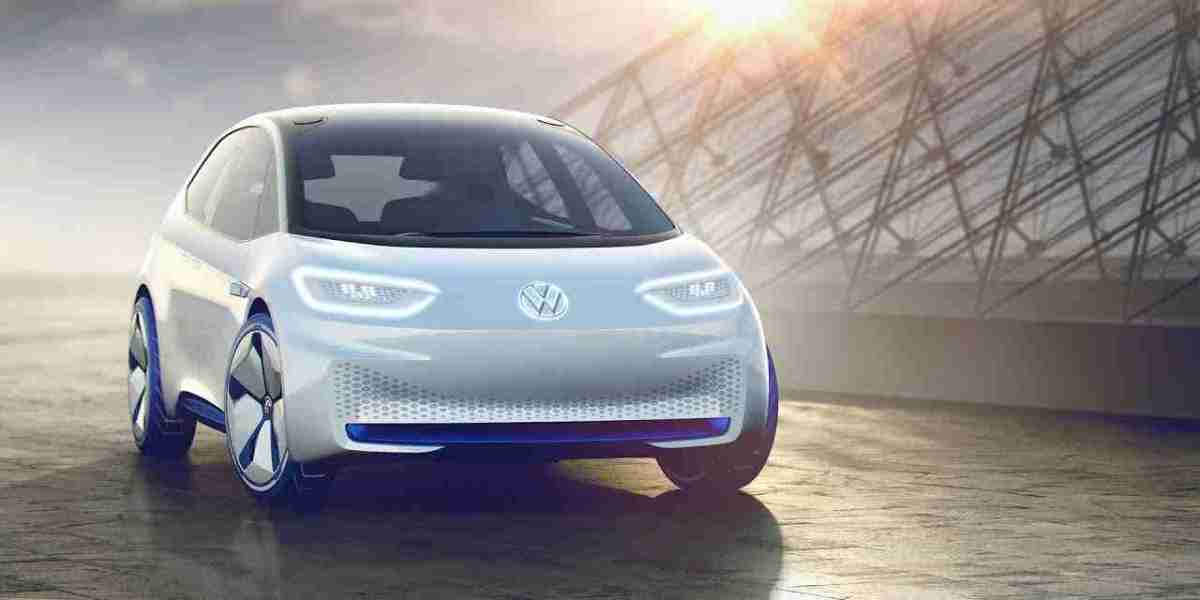The electric vehicle industry is growing rapidly, with a marked shift toward sustainable and innovative transportation solutions. As the demand for electric vehicles continues to rise, the focus on improving key components, such as insulation materials, is more important than ever. Electric vehicle insulation plays a vital role in managing thermal performance, improving safety, reducing noise, and enhancing overall vehicle performance. As a result, the electric vehicle insulation market has been subject to significant innovations. These advancements aim to address the evolving needs of electric vehicles, offering solutions that enhance energy efficiency, battery performance, safety, and comfort.
1. Thermal Management Materials
Thermal management is a critical concern in electric vehicles, especially for battery systems, which generate considerable heat. One of the most notable innovations in the electric vehicle insulation market is the development of advanced thermal insulation materials. These materials are designed to prevent overheating of EV batteries, which can impact performance, safety, and longevity. Materials such as phase change materials (PCMs) and high-performance thermal barriers are being increasingly used to efficiently dissipate heat and maintain optimal temperatures. These innovations help to prevent thermal runaway, a critical safety concern, while ensuring the overall efficiency of the vehicle. For example, thermal insulation foams, which provide both heat resistance and soundproofing, are being enhanced with new formulations that are lighter and more efficient than traditional insulation materials. These innovations also contribute to reducing the overall weight of the vehicle, improving energy efficiency and driving range.
2. Lightweight and Sustainable Materials
Another significant innovation in the electric vehicle insulation market is the use of lightweight, sustainable, and eco-friendly materials. As automakers strive to increase the driving range and energy efficiency of electric vehicles, reducing vehicle weight is a key focus. Traditional insulation materials, such as rubber and glass wool, can add significant weight to a vehicle. To address this, manufacturers are increasingly turning to lightweight, high-performance insulation materials like aerogels, polymer-based composites, and sustainable natural fibers. These materials provide excellent insulation properties while being lighter and more environmentally friendly. Additionally, there is growing interest in using biodegradable and recyclable materials for insulation, helping to reduce the environmental impact of electric vehicles. The shift toward more sustainable materials aligns with the automotive industry's broader goal of minimizing the carbon footprint of vehicle manufacturing.
3. Acoustic Insulation Innovations
As electric vehicles are quieter than their internal combustion engine counterparts, managing noise and vibration has become an essential aspect of vehicle design. Acoustic insulation innovations are playing a key role in improving passenger comfort and reducing road noise, engine whine, and wind noise within the cabin. Manufacturers are experimenting with new insulation materials that provide superior soundproofing capabilities without compromising vehicle performance or adding significant weight. Sound-dampening foams and advanced composites are increasingly being integrated into electric vehicle cabins to improve comfort. These materials, often derived from plant-based fibers or synthetic polymers, can reduce noise without adding bulk, making them an attractive solution for automakers.
4. Fire-Resistant Insulation Materials
As electric vehicles become more widespread, the safety of the batteries and electrical systems is a paramount concern. One key innovation in the insulation market is the development of fire-resistant materials designed to protect the vehicle’s electrical systems and battery packs. Insulation materials with enhanced fire-resistance properties, including flame-retardant composites and ceramics, are increasingly being used to provide an extra layer of protection against the risk of thermal runaway in EV batteries. The use of fire-resistant insulation also helps ensure that electric vehicles meet the rigorous safety standards set by regulatory bodies. These materials are designed to withstand high temperatures and prevent fires from spreading in the event of a battery malfunction, ensuring passenger safety in an EV crash or fire.
5. Multi-Functional Insulation Solutions
In addition to the primary functions of thermal and acoustic insulation, manufacturers are also focusing on creating multi-functional insulation solutions that provide multiple benefits within a single material. For instance, advanced insulation materials are being developed to offer not only heat and sound insulation but also moisture resistance, vibration dampening, and even electromagnetic interference (EMI) shielding. These multifunctional materials reduce the need for multiple layers of insulation, improving overall efficiency while reducing weight and production costs. Such innovations are particularly valuable in the EV industry, where the demand for compact, efficient, and lightweight components is increasing. By combining multiple functions into one material, manufacturers can streamline the production process while meeting the diverse needs of modern electric vehicles.
Conclusion
The electric vehicle insulation market is experiencing rapid innovation driven by the growing demand for high-performance, sustainable, and efficient materials. These advancements in thermal management, lightweight materials, acoustic insulation, fire resistance, and multi-functional solutions are helping to improve the safety, performance, and comfort of electric vehicles. As automakers continue to push for higher efficiency, longer driving ranges, and environmentally friendly production practices, the insulation market will play a crucial role in shaping the future of electric mobility.



